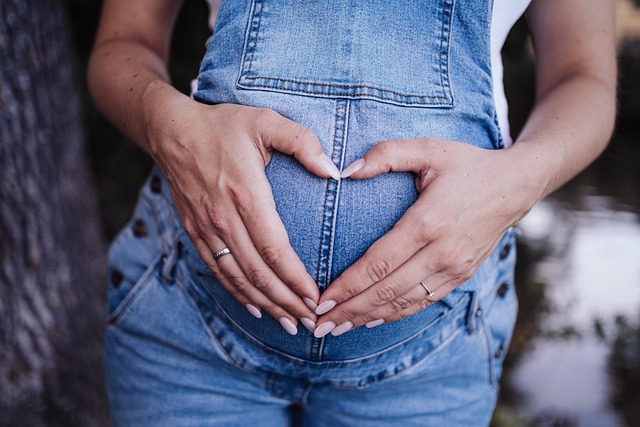Social freezing is an option for women who want to delay pregnancy while preserving their healthy eggs for future use. This process is especially important because, as women age, the quality and quantity of their eggs decline. If you’re not looking to have kids right now but want to ensure your fertility later, social freezing might be the way to go.
The reality is that after age 35, the likelihood of conceiving naturally starts to drop significantly, so it’s best to consider freezing your eggs as early as possible. Ideally, you would want to have at least ten eggs frozen, but closer to fifteen or twenty is even better to increase your chances of a successful pregnancy down the line. However, remember that social freezing doesn’t guarantee pregnancy, and it’s not currently covered by insurance in many places, so you’ll need to budget for it.
How Does Social Freezing Work?
Social freezing involves three main steps:
- Egg Retrieval: The first step is to collect as many eggs as possible. You’ll undergo hormone treatment to mature the eggs, and during this phase, regular ultrasounds will help track the development of the follicles. When everything is ready, a thin needle will be used to retrieve the mature eggs from your ovaries. No need to worry about losing your egg supply—only a fraction of your eggs would ovulate naturally each month.
- Storage: Once retrieved, the eggs are frozen at a super low temperature of -196°C. The more eggs you have stored, the better your chances of having a successful pregnancy later. Studies show that if you freeze ten eggs, you have a 40% chance of having a child; that jumps to 90% with twenty eggs—all ideally harvested before you turn 30.
- Fertilization: When you’re ready to start a family, the frozen eggs can be fertilized with sperm (either from a partner or a donor) using a technique called intra-cytoplasmic sperm injection (ICSI). Finally, up to three embryos will be transferred into your uterus.
Timing and Considerations
Timing is crucial for social freezing. The earlier you freeze your eggs, the better the quality, as natural fertility starts to decline after 30. While it’s a fantastic option, keep in mind that the older you are when you freeze your eggs, the lower the chances of a successful pregnancy later, since egg quality diminishes with age.
There are risks associated with egg retrieval, but they’re generally minimal, and studies indicate that babies conceived from frozen eggs have similar risks to those from regular IVF treatments. With proper care and personalized guidance, the process is safe and has a high success rate.
Further Reading and Resources
If you’re curious about more fertility options, check out our other blog post on Embracing Motherhood: A Journey with Make a Mom. Also, for those looking to boost fertility, Make a Mom offers excellent resources on supplements. Additionally, the NHS provides comprehensive information on IVF and home insemination which is worth a look.
Conclusion
In summary, social freezing is a proactive choice for women wanting to secure their fertility for the future. The process involves retrieving, freezing, and storing eggs, with the best results achieved when done early. Though it comes with no guarantees and isn’t covered by insurance, it can significantly improve the chances of conception later in life.

